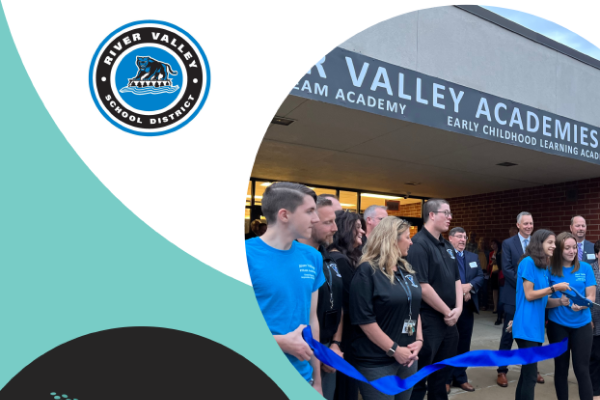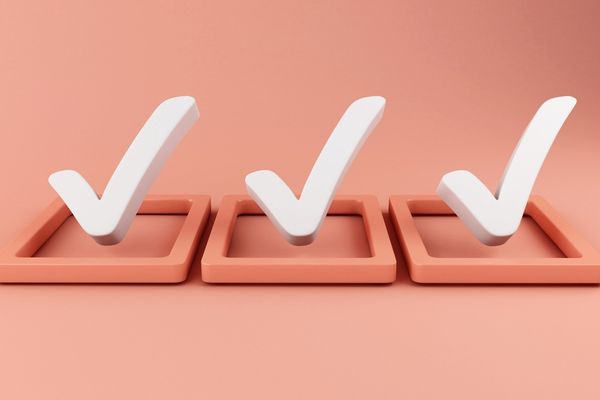Innovation Springs from Lament About Soft Skills
May 01, 2017

All school districts have wake-up calls. Ours came to the Willoughby-Eastlake City Schools, a school system northeast of Cleveland, Ohio, in 2012. The wake-up was delivered by the 36-member Business Advisory Council, which publicly lamented that the area’s high school graduates were not prepared to enter the workforce.
This was painful to hear. The Business Advisory Council had been established by our board of education back in 1990 to create collaboration among business owners, the community and the school district. The council’s principal purpose was to provide recommendations to us on employment skills and projected changes in the job market.
The chief concern was that graduates lacked soft skills. Students entering the workforce failed to wear appropriate attire, did not understand the importance of maintaining a schedule, lacked professional communication skills and, most importantly, were unable to creatively solve problems they came across. These critical findings launched what I would consider the most powerful changes in the school district’s history.
A School Emerges
After extensive consideration and research of successes in other districts, Willoughby-Eastlake decided to open a STEM (Science, Technology, Engineering and Math) school, which would be named the School of Innovation. The School of Innovation was created to use a STEM focus to teach curriculum with problem-based learning as the delivery model. We had discovered that schools using this approach were producing successful learners who possessed those desired soft skills.
Because the district did not have an empty facility in its inventory, a vacant building, formerly a training facility used by the Eaton Corp., was purchased and renovated to create the School of Innovation. Once the facility was in place, we consulted with the Teaching Institute for Excellence in STEM, or TIES (www.tiesteach.org), a resource group based in Cleveland Heights, Ohio, to determine best practices for instruction.
During its inaugural year, 2015-16, the School of Innovation opened its doors to 75 students in each of the grades 3-5. In subsequent years, we will be adding a new class of 3rd graders until the school educates students through 12th grade. Admission to the school is limited to students identified as gifted and talented through standardized testing, and the remaining seats are filled through a lottery. Parents entering their children into the lottery are advised to do so only if their child could excel in an environment that’s both academically stringent and that embraces teaching through collaborative, problem-based learning.
High Expectations
The selection of staff members was a challenging and intricate process. Those chosen to teach in this environment had to agree to attend extensive teacher training during the summer months, teach a longer day than the other schools in the district, work collaboratively with other instructors through all aspects of the curriculum and learn new content areas such as computer coding and robotics.
We expected the instructors to use real-world problems while guiding the students through a curriculum emphasizing science, technology, engineering and math. The intent for the instructional model at the School of Innovation was that it eventually would become the delivery model for instruction in all schools in the district.
At the completion of the 2015-16 school year, standardized testing revealed that students at the School of Innovation scored significantly higher in English language arts and math than their peers. In addition, staff members across the district expressed the desire to adopt similar models of instruction in their classrooms.
Al DiFranco, father of a 4th grader at the School of Innovation, said his daughter has benefitted immensely during her year and a half at the school, particularly “from the balance of individual and group-project work. … She has become more goal-oriented, and her soft skills have continued to evolve and improve.”
Author
Advertisement
Advertisement
Advertisement
Advertisement



